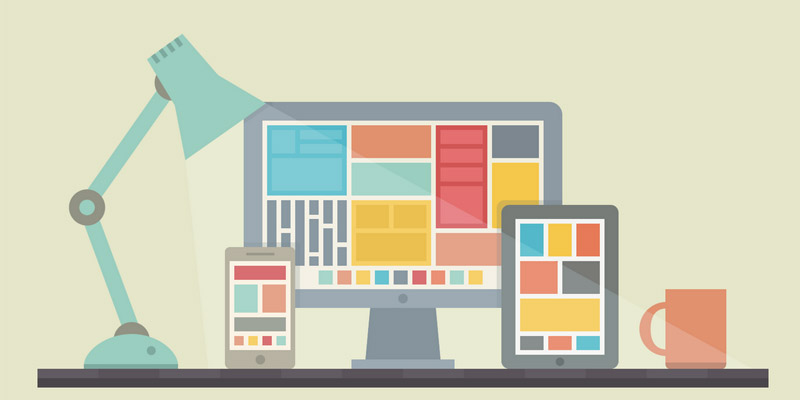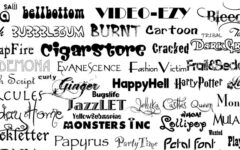Colours have proven to have a measurable impact on attitudes and emotions of people viewing them. Speaking of online content, certain colour schemes can produce highly different results in terms of conversions, even if the content is exactly the same. People find themselves reading something that has a background and text of a colour that is comfortable to their eyes. Even the slightest variation in shade can have a significant impact on emotions! Don’t believe this yet? Maybe, the results of a survey done on customers will have you realize the truth behind these statements.
- 85% customers say that colour is the primary influencer of purchase decisions.
- 80% customers say that colour increases brand recognition.
- 52% customers say they don’t return to a website due to its bad aesthetics.
- 42% customers say they base their opinion of a site on overall design alone.
Now, you may believe that the power of colours cannot be underestimated. People actually have a natural instinctual reaction to colours. So, when you design a site, you know that you have to be very sure about choosing the colours you are going to use there. You don’t want to lose out on your customers in spite of providing the best of everything, only because of a few uncomfortable or inappropriate colours.
Different colours stimulate different areas of the brain by promoting anticipation or serenity. This is why professional Web designers in Bangalore don’t just randomly use colours while designing; they use their knowledge of the emotional impact colours have on people. This small crash course on colours and its psychology on the human brain will also help you better connect with your target audience and build a trustworthy relationship.
What does each different colour mean?
Every colour has a different implication and effect on the human brain. Here is a list of the most basic colours used and their impact. This list will also let you know the industries that can make the best use of each particular colour.
- Blue – Trust, security, safety, calmness, and serenity. Industries: Health control, dental, medical, science, government, legal, utilities, and high-tech.
- Red – Passion, energy, and urgency. Industries: Food, fashion, entertainment, sports, marketing, advertising, emergencies, healthcare, and clearance sales.
- Green – Health, calmness, peace, relaxation, sustainability, and harmony. Industries: Science, tourism, medicine, human resources, and environment.
- Yellow – Cheerfulness, warmth, and optimism. Industries: Baby products, child care, and kids.
- Orange – Impulse, excitement, enthusiasm, warmth, cheerfulness, and optimism. Industries: eCommerce, automotives, technology, entertainment, and food.
- Purple – Royalty, majesty, opulence, luxury, success, wisdom, and respect. Industries: Beauty products, massage, yoga, astrology, healing, spirituality, and feminine brands.
- Black – Luxury, power, edginess, sophistication, timeliness, and elegance. Industries: Luxury goods, fashion, cosmetics, and marketing.
- White – Cleanliness, virtue, simplicity, and purity. Industries: Health care.
- Grey – Neutrality, formality, melancholy, and calmness. Industries: Professional websites, and luxury goods.
How to use colour schemes?
Warm colours are used to stir up passion, happiness, and energy; while cool colours promote calmness, trust, and professionalism. However, you must be very careful while combining warm and cool colours. If not used properly, your web design may look too busy and less trustworthy, and might confuse the viewers. Also, while planning up for colours schemes, you need to know the perfect set of colours that will go well together with your design. You have a wide range of colour schemes to choose form that include complementary, monochromatic, analogous, split complement, triadic, and tetradic colour schemes.
There is a lot to consider apart from all of this while designing a website. It isn’t as easy as it seems, which is why professional Web designers in Bangalore are required to do the job perfectly well. They take care of everything like even the key areas that need lots of consideration while being designed, which include headlines, borders, pop-ups, buttons, CTAs, background hues, and primary web banners. They also consider things like adjusting value and saturation, considering colours that men and women like/dislike, and a lot more.




